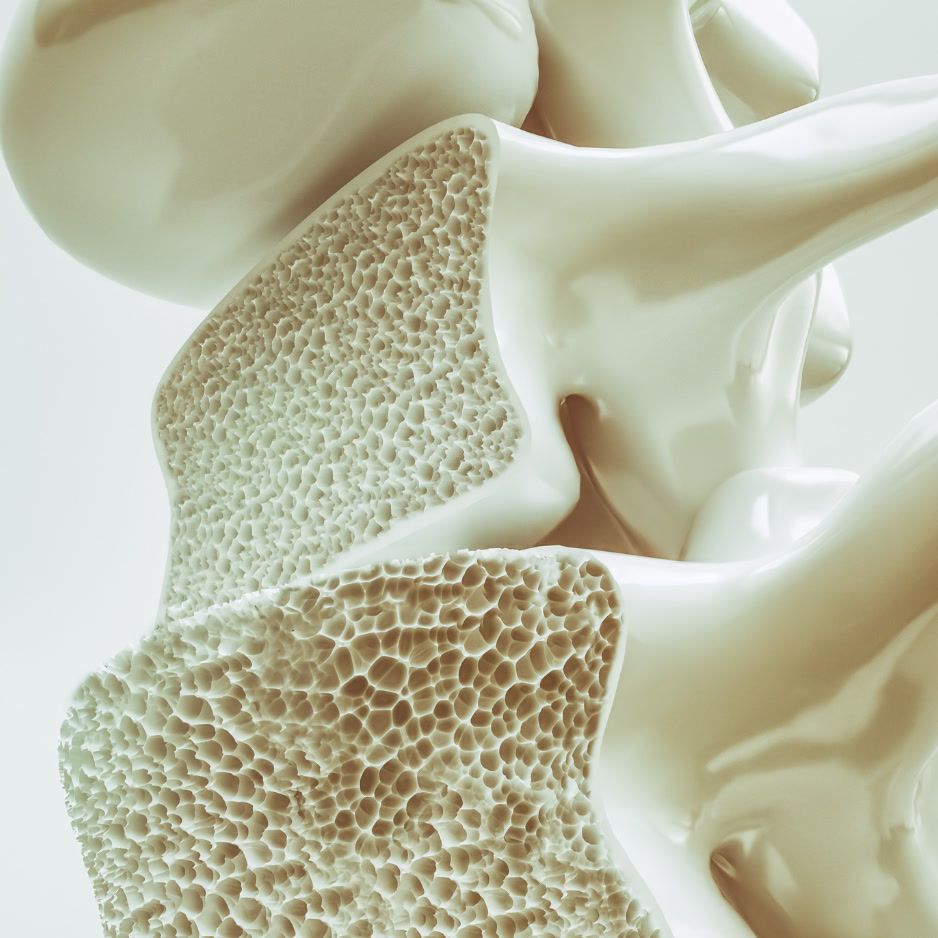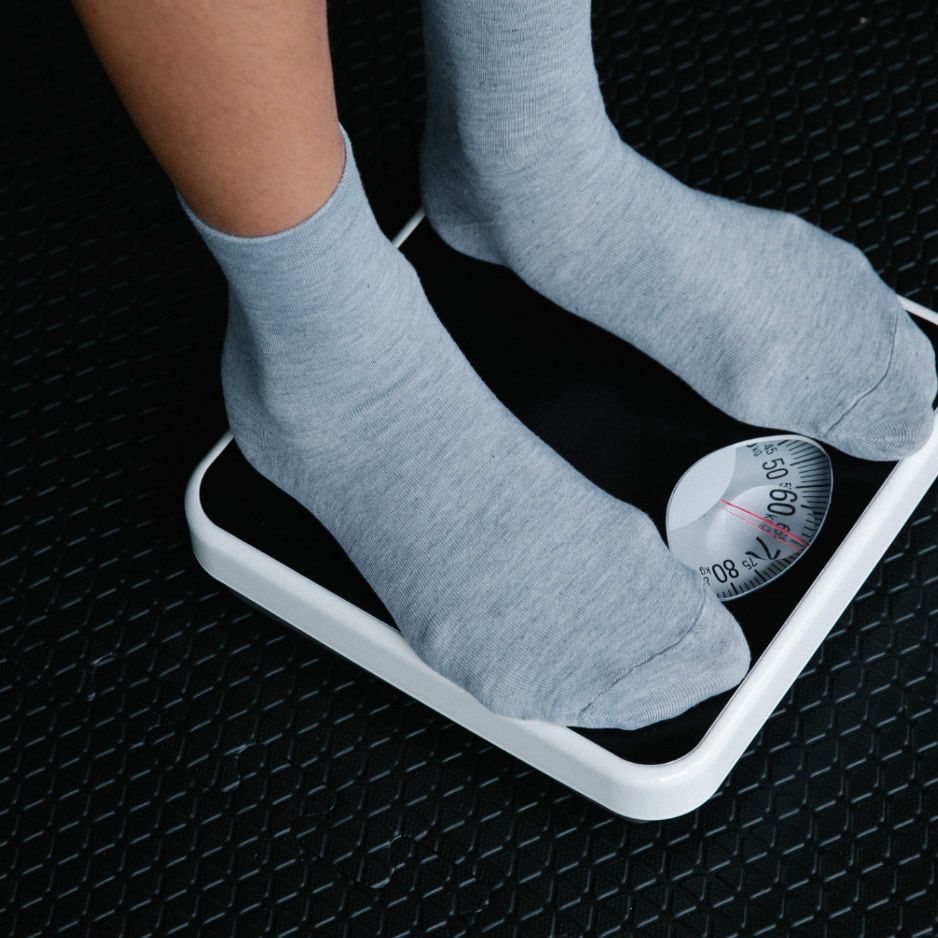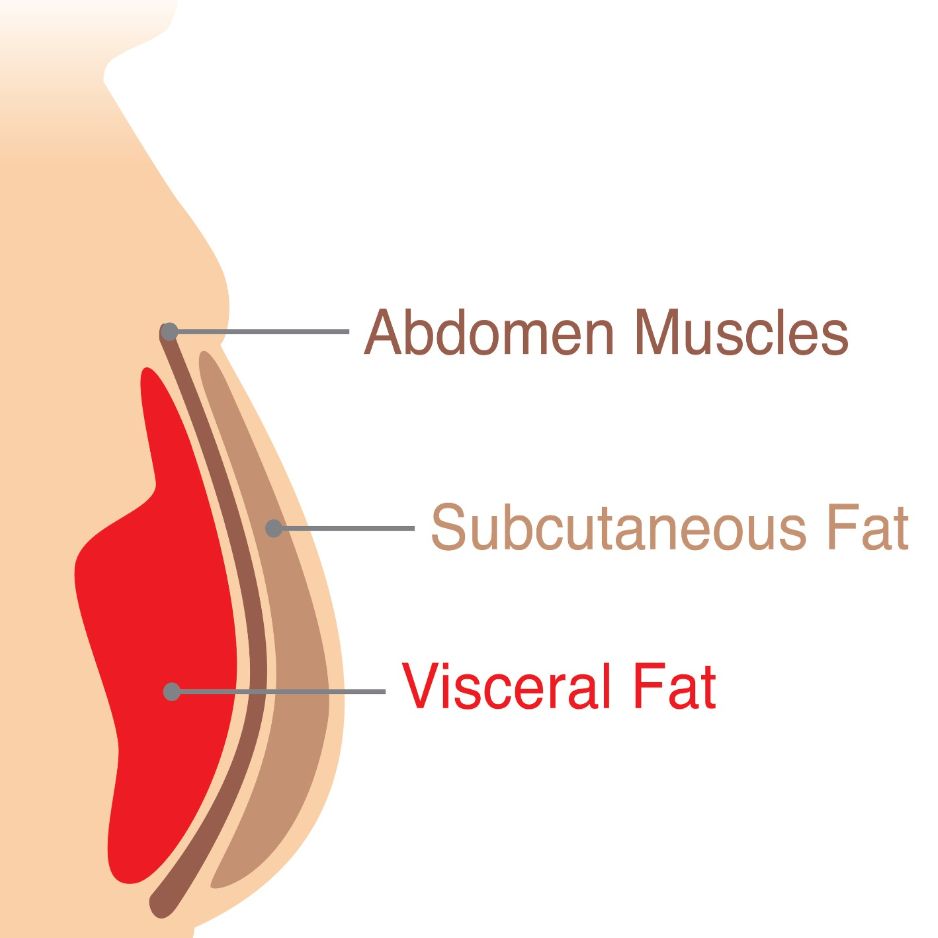Increase Longevity
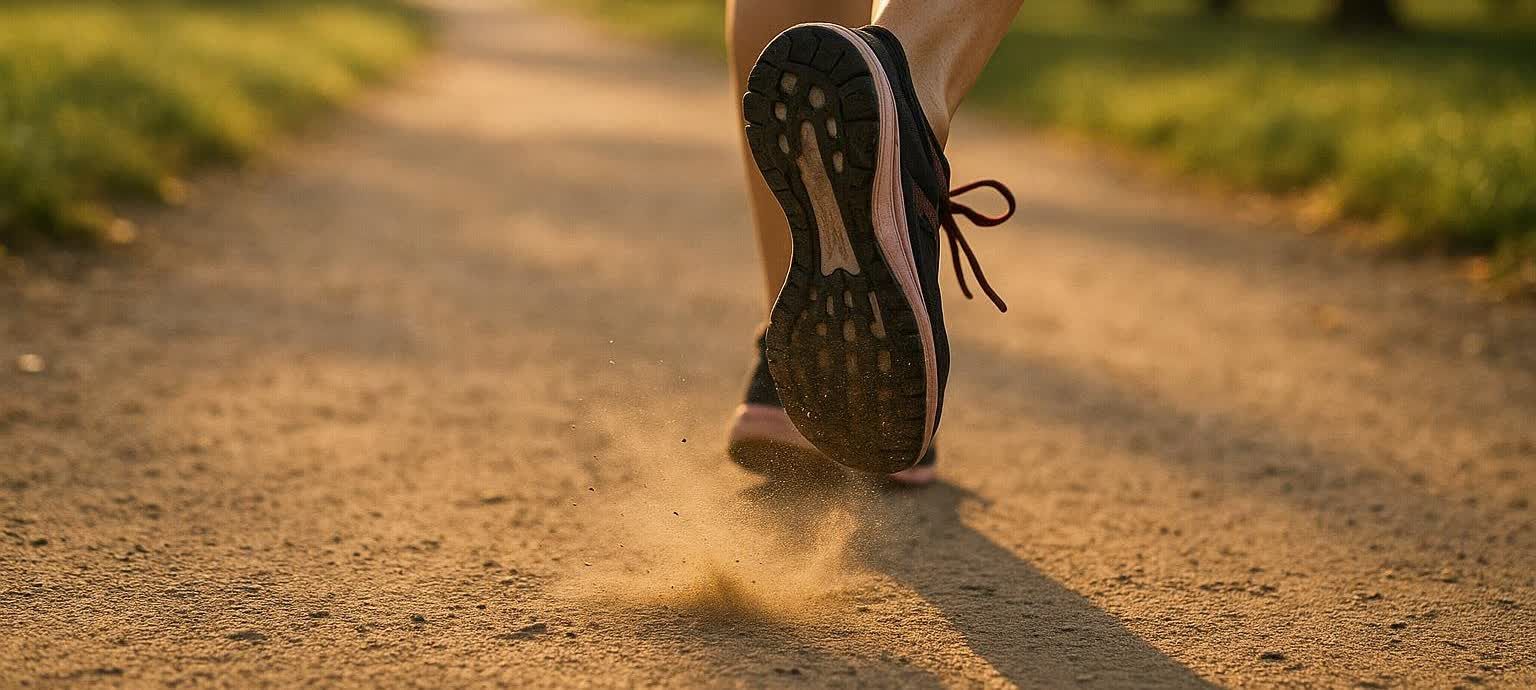
Increase Longevity: 10 Evidence-Based Habits Ranked by Years Gained
TL;DR – The ten lifestyle moves below are backed by large cohort studies and ranked by how many healthy years they’re estimated to add.
Scrolling endless listicles rarely answers the question that matters most: Which habits deliver the biggest, measurable boost in healthy life expectancy? We analyzed the strongest population data available and ordered the results—so you can focus on the actions with the highest payoff.
Quick-Look Table: How Much Time Can Each Habit Add?
| Rank | Habit | Avg. Healthy-Years Gained* | Key Evidence & Baseline** |
|---|---|---|---|
| 1 | Quit smoking (before age 40) | ≈ 10 yrs | Smokers who quit by 40 regained ~10 yrs vs. continuing (NEJM 2013) |
| 2 | Play racquet sports (e.g., tennis) | ≈ 9.7 yrs | Copenhagen City Heart Study—tennis players lived 9.7 yrs longer than sedentary adults (Mayo Clin Proc 2018) |
| 3 | Adopt a Mediterranean-style diet | ≈ 6.5 yrs | UK Biobank modelling: shifting from unhealthy to longevity diet adds up to 10 yrs; from median diet ≈ 3 yrs—mid-point shown (Nature Food 2023) |
| 4 | Sleep 7–9 hours nightly & keep a regular schedule | ≈ 3.5 yrs | ACC/CDC cohort (172 k adults): ideal sleep added 4.7 yrs for men, 2.4 yrs for women (mid-point) (CNN 2023) |
| 5 | Strength train (~90 min/wk) | ≈ 3.5 yrs (cellular) | NHANES: 90 min strength work linked to telomeres = 3.9 fewer “aging” years (Biology 2024) |
| 6 | Log 150–300 min/wk of moderate cardio (≈ 8 k–10 k steps) | ≈ 3.3 yrs | Leisure-time PA added up to 4.5 yrs; mid-point shown (Am J Prev Med 2013) |
| 7 | Maintain strong bones (prevent hip fractures) | ≈ 3 yrs | Hip-fracture survivors lost ~5.9 yrs of life; avoiding fracture preserves ~3 yrs on population level (Osteoporos Int 2002) |
| 8 | Cultivate strong social connections | ≈ 3 yrs | Robust integration = 50 % higher survival, ≈ 2.5–3 yrs gain (PLoS Med 2010) |
| 9 | Keep visceral fat in check | ≈ 2 yrs | Highest Visceral Adiposity Index shortened life by ~2 yrs vs. lowest quartile (Lipids Health Dis 2024) |
| 10 | Limit alcohol to ≤ 1 drink/day (women) or ≤ 2 (men) | ≈ 1.5 yrs | Staying under these limits adds ~1.5 healthy yrs vs. > 2 drinks/day (Lancet 2018) |
* Mid-points of sex-specific estimates where available. Figures represent healthy lifespan (years lived free of major disease) or, where noted, cellular-aging equivalents.
** Baselines vary by study (e.g., sedentary individuals, highest-risk diet, worst visceral-fat quartile). Values are observational estimates, not guarantees.
Why Body Composition — and Bone Density — Is Central to Longevity
Skeletal muscle functions as a dynamic metabolic organ, enhancing insulin sensitivity, glucose disposal, and resilience against chronic disease. Every 1 kg increase in appendicular lean mass is linked to a 5 % lower all-cause mortality risk (AJCN 2010).
Meanwhile, low bone mineral density (BMD) dramatically raises hip-fracture risk, and a hip fracture cuts life expectancy by nearly 6 years on average (Osteoporos Int 2002).
A BodySpec DEXA scan delivers a precise breakdown of lean mass, visceral fat and BMD, so you can verify whether each habit below is working—something a scale or smartwatch can’t do.
1. Quit Smoking (or Never Start)
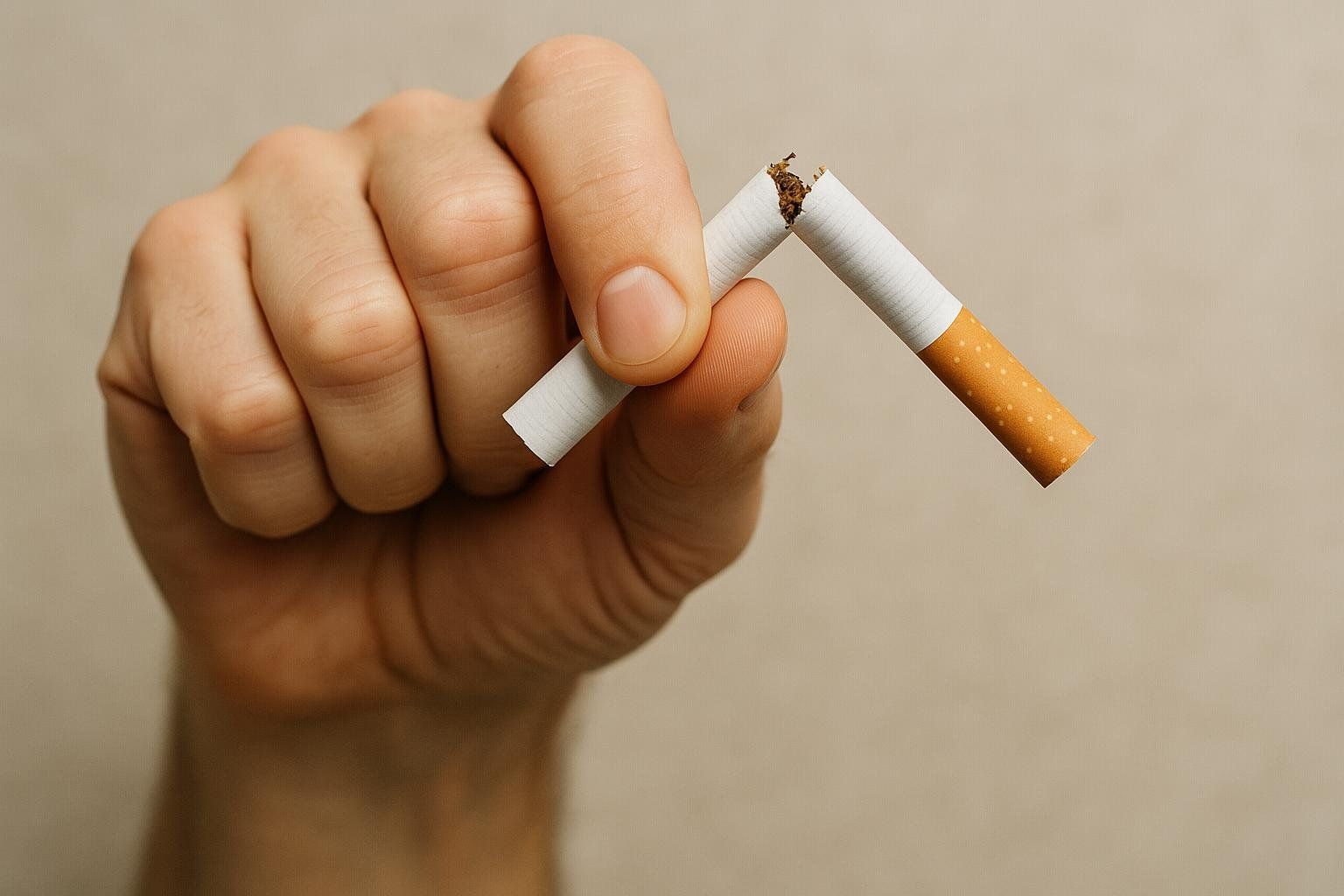
Even occasional cigarettes create oxidative stress that damages DNA and blood vessels. The good news? Smokers who kick the habit by age 40 virtually erase the excess risk, gaining about 10 extra healthy years.
Action plan
- Set a quit date—write it down.
- Use proven aids: nicotine-replacement therapy, prescription meds, or CBT.
- Swap the ritual: climb stairs or chew sugar-free gum when cravings hit.
Sources
2. Play Racquet Sports

Tennis, squash, pickleball—take your pick. Racquet sports blend high-intensity intervals, hand-eye coordination, and social engagement, clocking in at ≈ 9.7 additional years of life.
Pro tips
- Aim for 2–3 matches (60–90 min each) per week.
- Add foot-speed drills to protect joints.
- Track serve speed or rally length—and watch your DEXA lean-mass score climb.
Sources
3. Embrace a Mediterranean-Style Diet
Plants, olive oil, seafood, nuts, and the occasional red wine define this pattern. Modelling shows a ≈ 6.5-year bump in healthy lifespan.
(See: Mediterranean Diet vs Paleo – Which Is Better for Losing Belly Fat?)
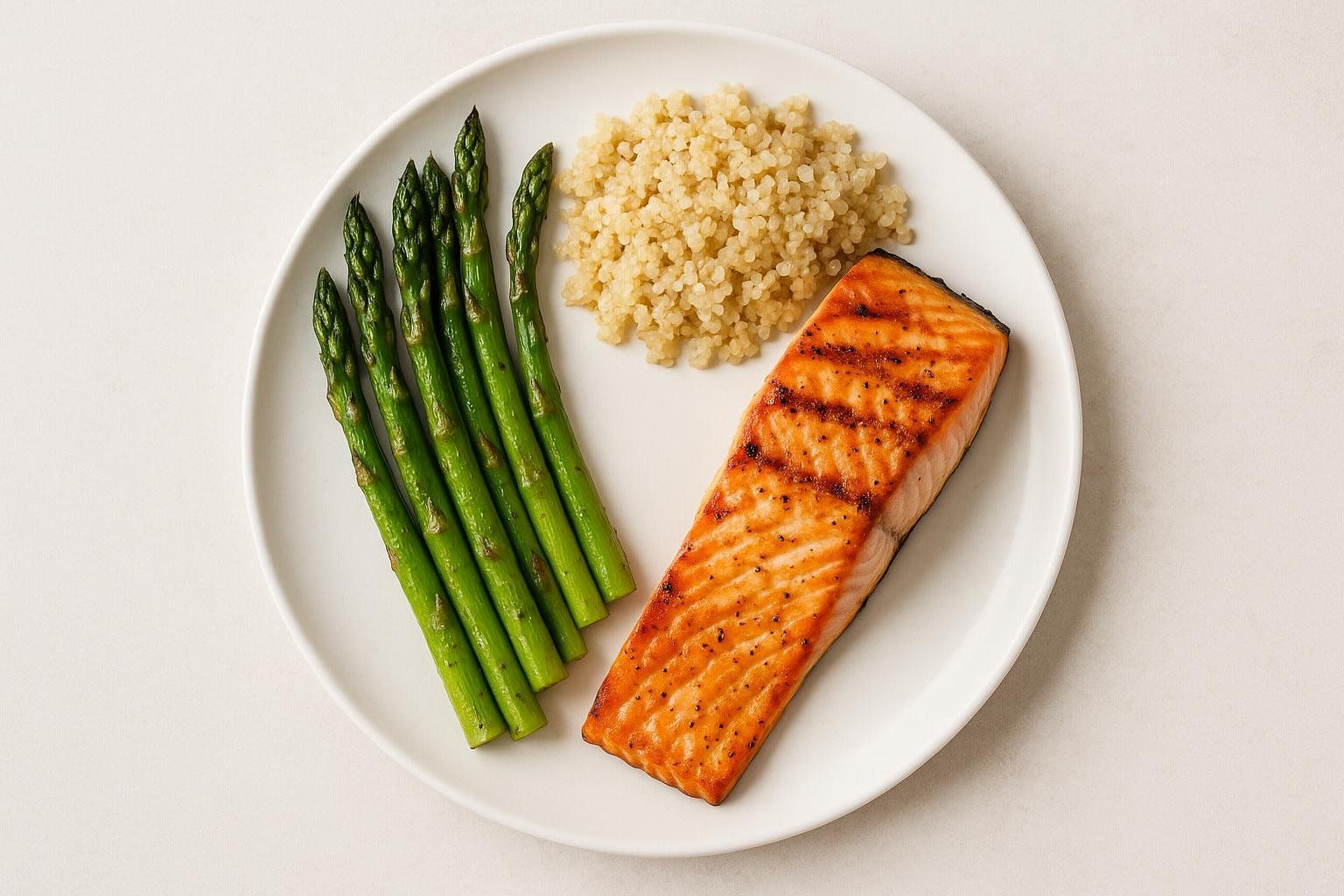
| Meal | Mediterranean Swap |
|---|---|
| Breakfast | Greek yogurt + berries + drizzle of EVOO |
| Lunch | Farro salad with chickpeas, cherry tomatoes, feta |
| Dinner | Grilled salmon, roasted veggies, lentil tabbouleh |
DEXA tie-in: Protein-rich legumes and fish support muscle mass while keeping visceral fat low.
Sources
4. Sleep 7–9 Hours—Every Night

Short sleep raises blood pressure, insulin resistance, and appetite hormones. Hitting the 7–9-hour sweet spot adds ≈ 3.5 healthy years.
Sleep hygiene checklist
- Same bedtime/wake-time ± 30 min—even weekends.
- 60-min tech-free wind-down.
- Bedroom temp 65–68 °F and blackout curtains.
Sources
5. Strength-Train ≈ 90 Minutes a Week
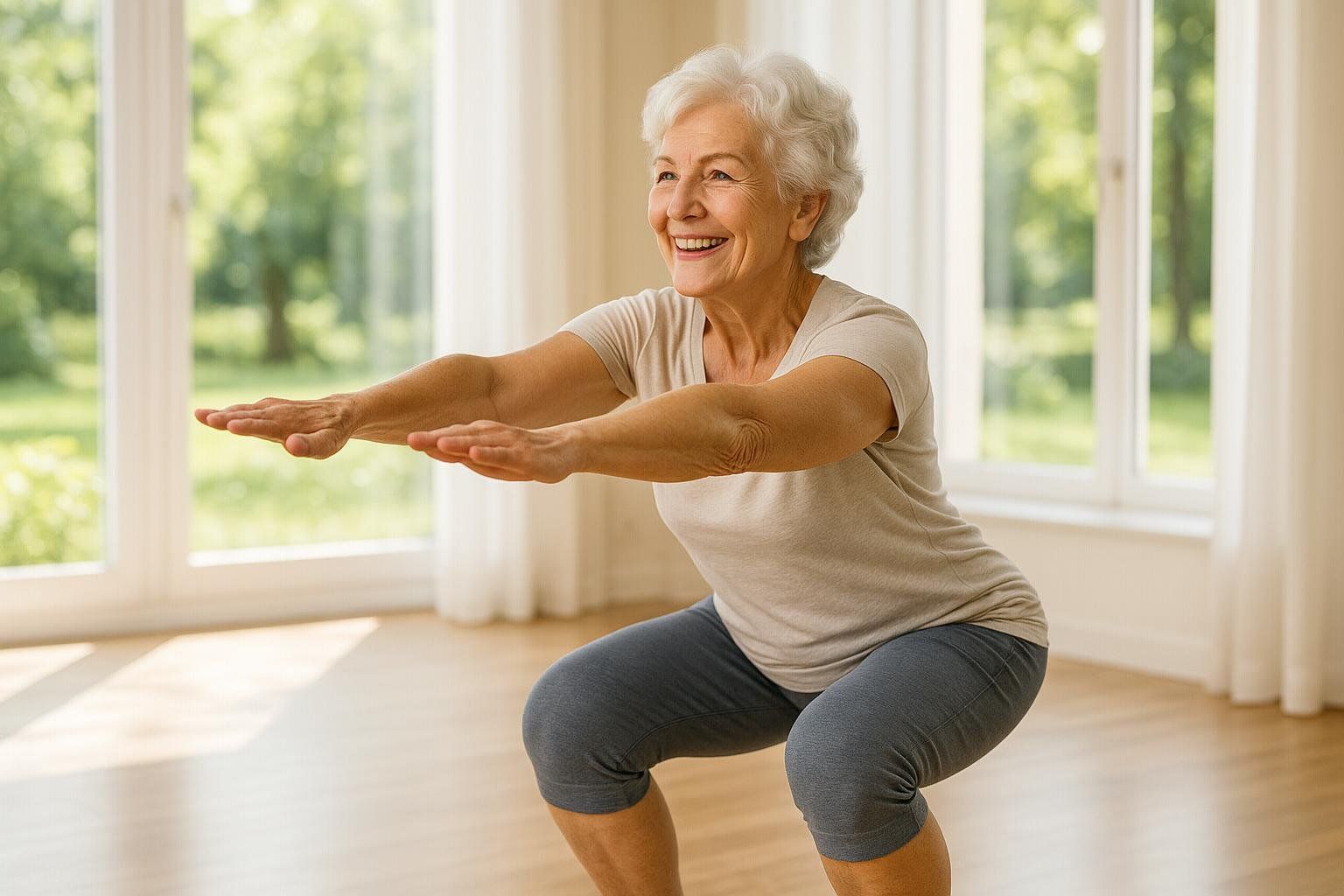
Resistance work doesn’t just build biceps; it lengthens telomeres, translating to ≈ 3.5 “biological” years.
Start here
- 2–3 full-body sessions (squat, hinge, push, pull).
- Progressive overload—add reps or weight weekly.
- Protein target: 1.6–2.2 g per kg lean body mass.
Quarterly BodySpec DEXA scans keep you honest—and motivated.
Sources
6. Move 150–300 Minutes a Week (or 8 000–10 000 Steps/Day)
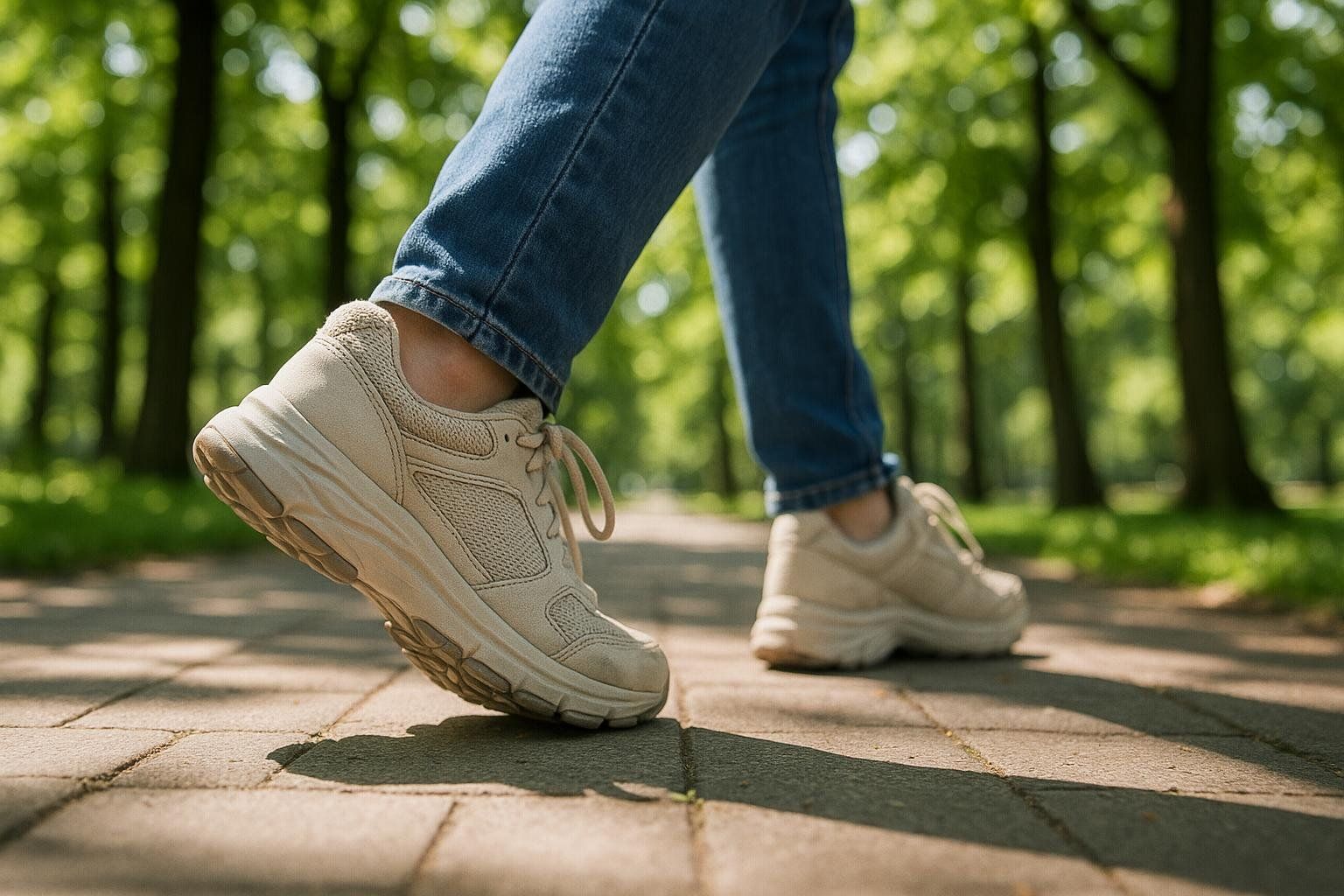
Cardio remains crucial—even for tennis regulars. Completing 150–300 min of moderate activity nets ≈ 3.3 more years.
Movement hacks
- Walk-and-talk meetings.
- Park two blocks farther.
- 10-minute “movement snacks” after meals.
Sources
7. Maintain Strong Bones
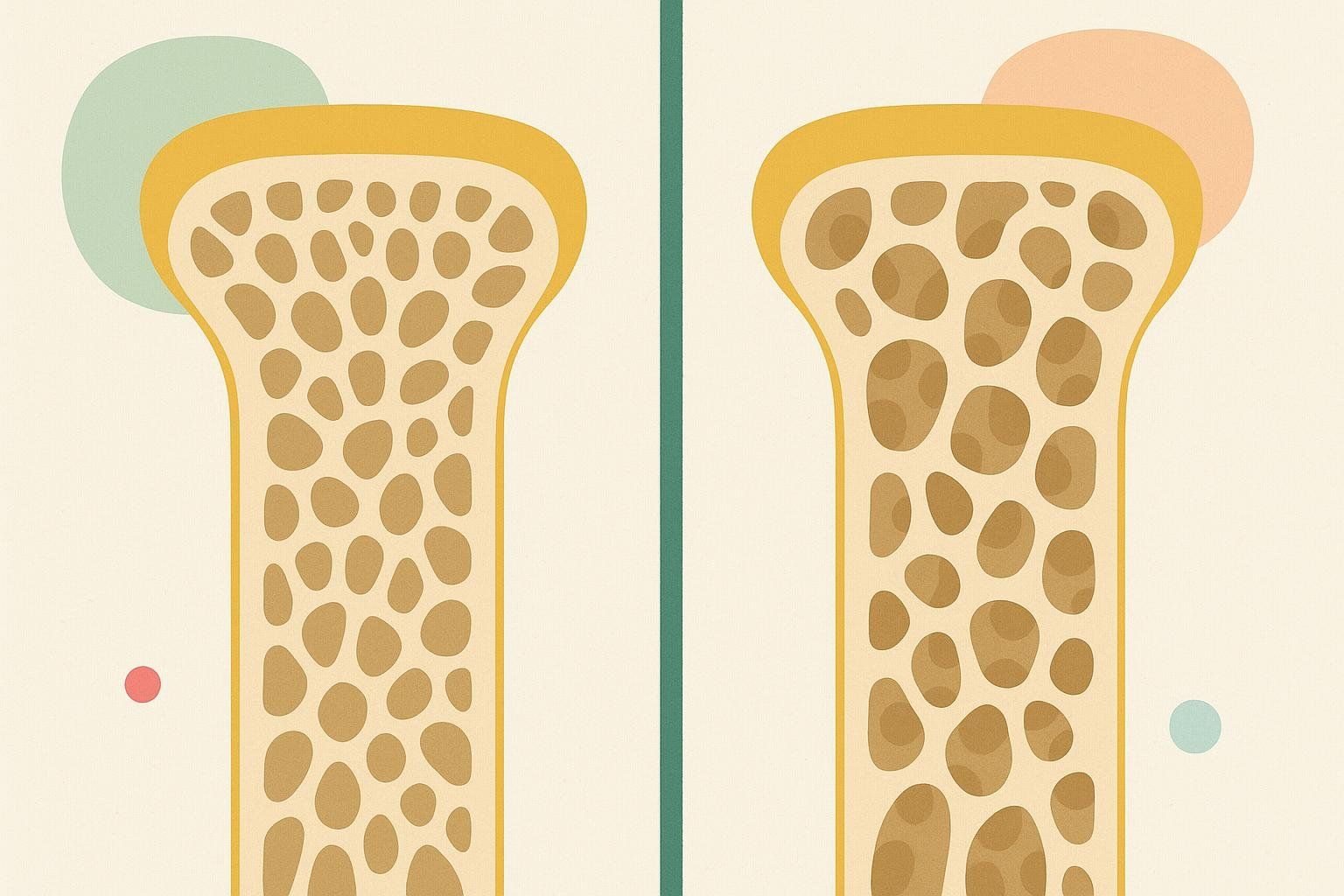
Fragile bones invite fractures, and hip fractures can cost ~6 years of life. Preventing them conservatively preserves ≈ 3 healthy years.
Fortify your skeleton
- Measure BMD – BodySpec DEXA gives T-scores for spine and hip.
- Lift heavy – Weight-bearing resistance and plyometrics stimulate bone formation.
- Dial in nutrients – 1 000–1 200 mg calcium & 800–1 000 IU vitamin D daily.
- Minimize fall risk – Practice balance drills; keep floors clutter-free.
Sources
8. Build Strong Social Connections

Sustained social engagement is a fundamental human need linked to survival. Keeping relationships vibrant confers ≈ 3 extra years of life.
Ideas
- Weekly workout or coffee with a friend.
- Volunteer for a local cause.
- Combine social + movement: join a pickleball ladder.
Sources
9. Tame Visceral Fat
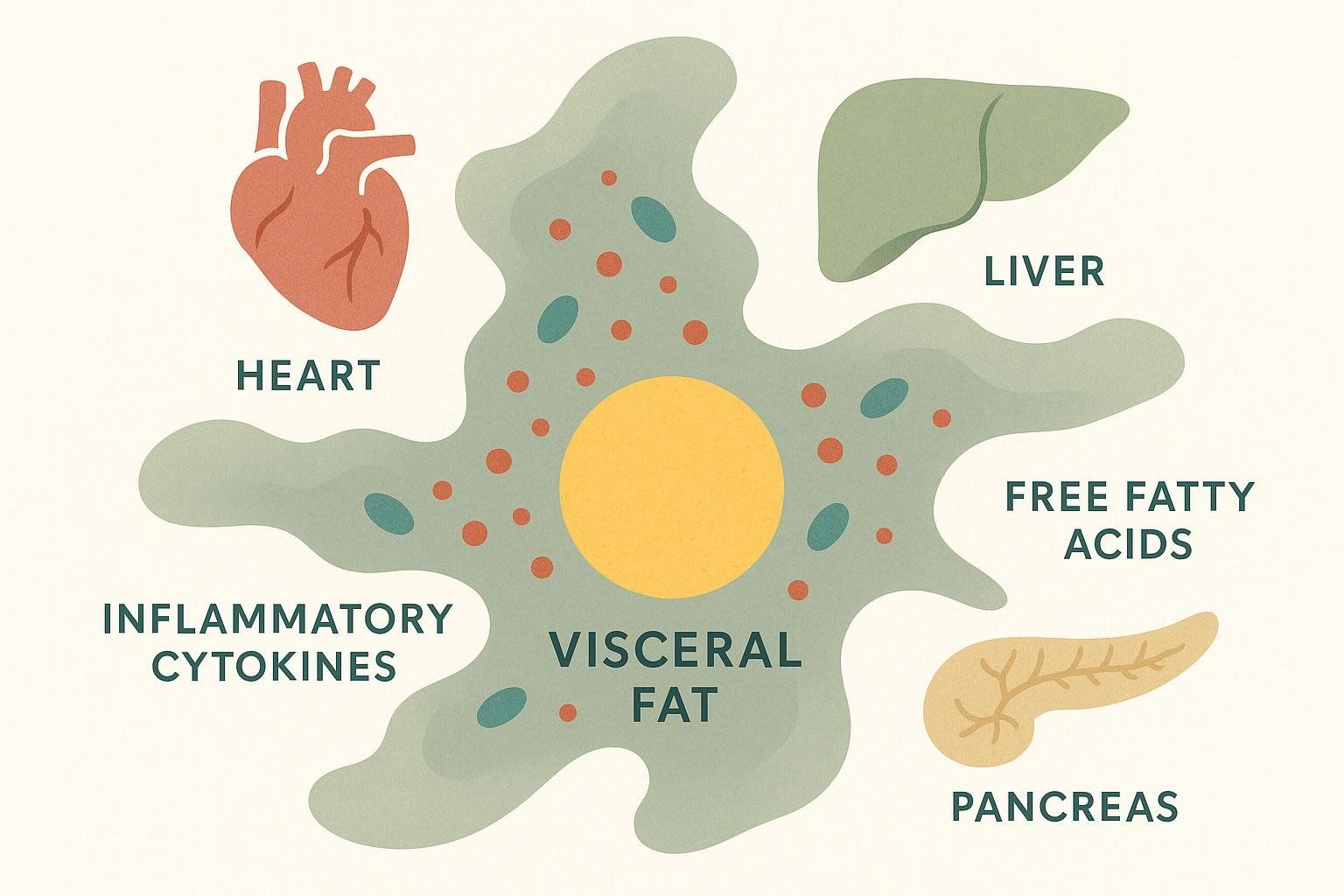
Visceral fat surrounds organs and releases inflammatory mediators. Staying in the lowest quartile translates to ≈ 2 extra healthy years.
Stay in the safe zone
- Measure it – BodySpec DEXA quantifies visceral fat (cm²).
- Prioritize protein & plants – Satiety + muscle retention.
- Lift + walk – Preserve lean mass, tap visceral-fat stores.
Goal: < 100 cm² on your DEXA read-out.
Sources
10. Drink Alcohol Sparingly
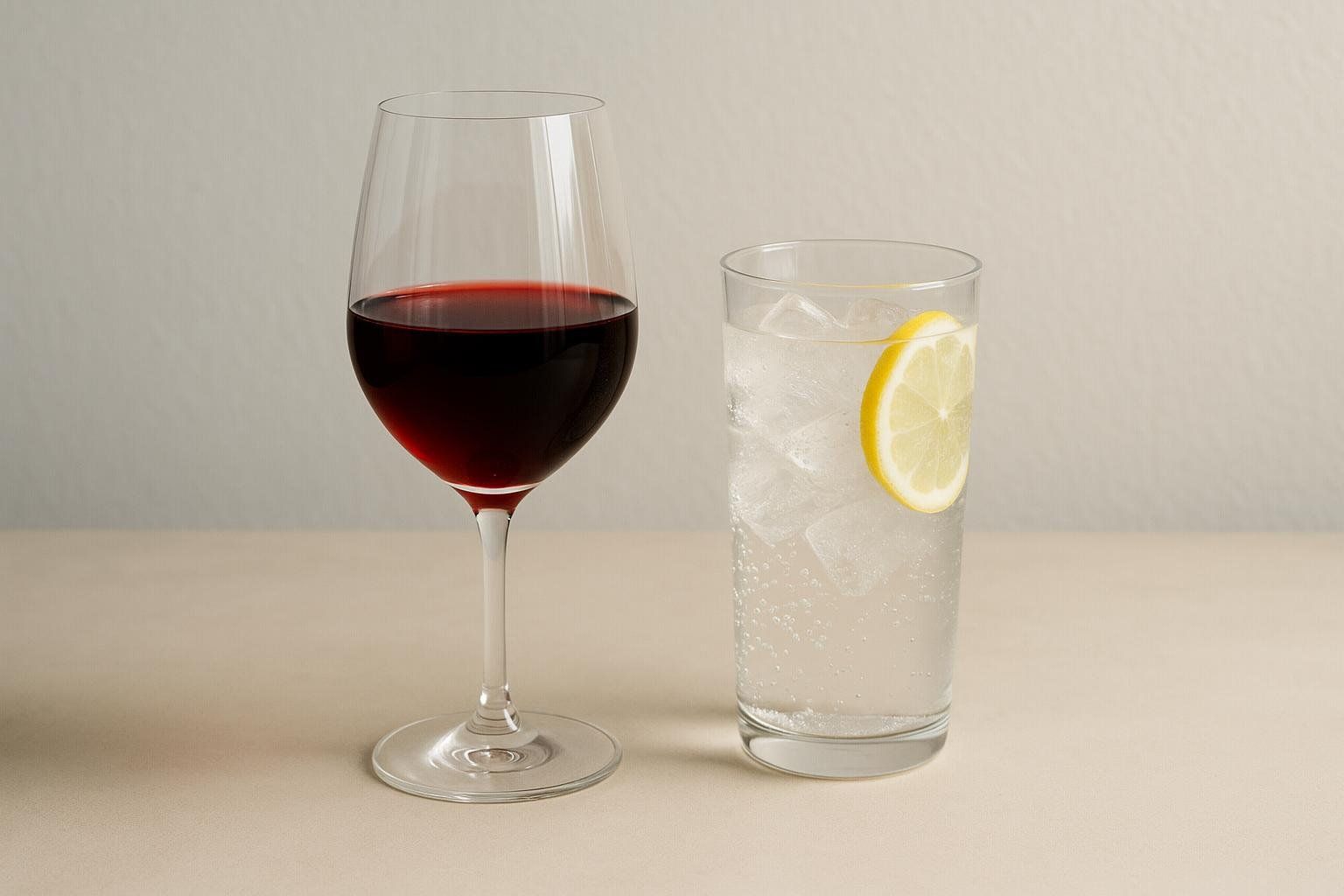
A nightly glass of wine can fit a Mediterranean pattern, but surpassing 1–2 drinks daily erases benefits fast. Keeping intake below that ceiling is linked to ≈ 1.5 extra healthy years.
Tips
- Alternate each alcoholic drink with water.
- Opt for lower-ABV options (spritzers, session ales).
- Track with an app—what gets measured gets managed.
Sources
Bonus Wins (Early but Promising Data)
- Master stress: Men who reported life as “almost unbearable” lost ≈ 2.8 yrs of expected age at death (Finnish FINRISK cohort, BMJ Open 2020).
- Sauna bathing: 4–7 sessions/week cut cardiovascular-mortality risk by 40 % (Finnish men, JAMA Intern Med 2015).
- Preventive screenings & bone health: Early detection plus strong bones keep you active—and out of the hospital.
Myth-Busting FAQ
Q: Do pricey NMN or resveratrol supplements increase longevity?
Human data are inconclusive. Prioritize muscle, diet, and sleep first.
Q: Can I out-exercise a bad diet?
No—the biggest gains happen when both nutrition and physical activity are optimized.
Q: Is BMI a good proxy for healthspan?
Not really. Body composition (lean mass vs. visceral fat) is far more predictive—another reason to get scanned.
Your Next Step: Turn Insight into Action
Ready to see where you stand? Book a BodySpec DEXA scan today to map your lean mass, visceral-fat level and bone density.
Use objective data to guide your habits—and start adding evidence-backed years to your life.
